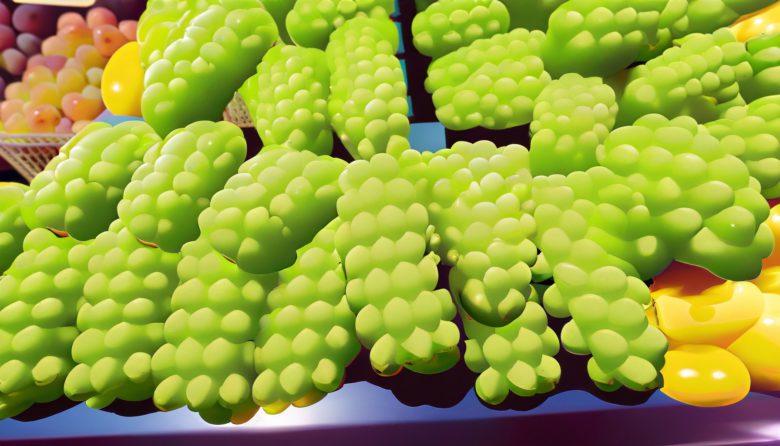A hallmark of Japan’s fruit industry is its emphasis on seasonal fruits. Throughout the year, consumers can enjoy a variety of fruits harvested in different seasons. For instance, strawberries are typically harvested in spring, while peaches and grapes come in summer. In contrast, persimmons are autumn fruits.
Many of Japan’s fruit farms are small-scale family operations. To enhance profitability, they invest time and effort in cultivating high-priced varieties that are both visually appealing and delicious. A prime example is the muskmelon, cultivated using the “one tree, one fruit” method. By allowing only one fruit to grow on a tree, all nutrients are directed to that single melon, resulting in an exceptionally rich aroma.
The fruits with the highest production volumes in Japan are mandarins, apples, pears, persimmons, and grapes.
As for fruit consumption rankings among the Japanese, the order is: 1) Bananas, 2) Apples, 3) Mandarins, 4) Other fruits, 5) Other citrus fruits, 6) Watermelons, 7) Pears, and 8) Persimmons.
What is Shine Muscat?
Shine Muscat is a grape variety that was registered in 2006. It was developed at the Fruit Tree Research Institute of the Hiroshima Prefecture Agricultural and Food Industry Technology General Research Organization. Its official registration name is “Grape Agriculture and Forestry No. 21.”
The Shine Muscat was bred by crossbreeding European and American grape varieties. It combines the aroma and texture of European grapes, which can be eaten with their skin, with the ease of cultivation of American grapes. This resulted in a large grape variety.
The skin of the Shine Muscat is greenish-yellow, and each grape weighs about 10-15 grams. It has a high sugar content of around 18-20 degrees, with a mild acidity.
Since its debut, Shine Muscat has gained immense popularity and was traded at high prices. However, its production has now increased to the point of oversupply.
Why is Shine Muscat Affordable This Year?
The reason for the decline in the price of Shine Muscat is due to a decrease in exports and an increase in domestic circulation.
According to the Ministry of Agriculture, Forestry, and Fisheries’ agricultural, forestry, and fishery product import and export information, the grape export volume from January to June 2023 decreased by 7.3% compared to the same period of the previous year. A person in charge of fresh produce wholesaling at the Ota Market expects the export volume in August to decrease by about 40% compared to the same month of the previous year.
Furthermore, competition with products from South Korea and China is intensifying, leading to poor exports of Shine Muscat.
It takes about three years after planting a Shine Muscat sapling for it to start bearing fruit, and about five years for it to stabilize and be ready for shipment.
Where Can You Buy It?
You can easily purchase Shine Muscat at supermarkets. As a fruit that can be eaten as it is, please enjoy the seasonal taste of Japan, the Shine Muscat.


